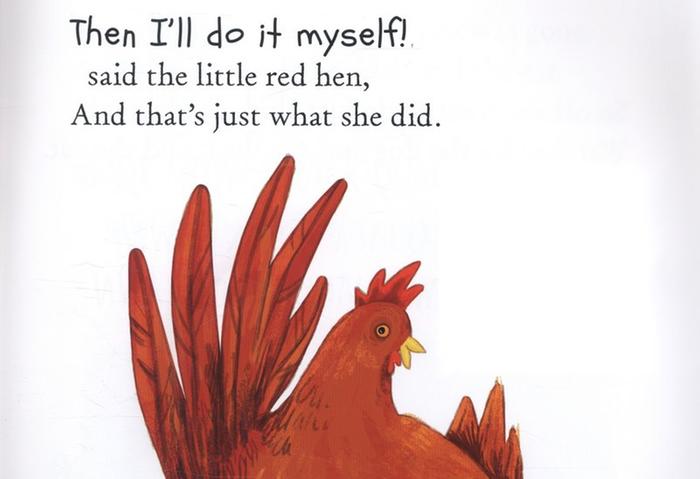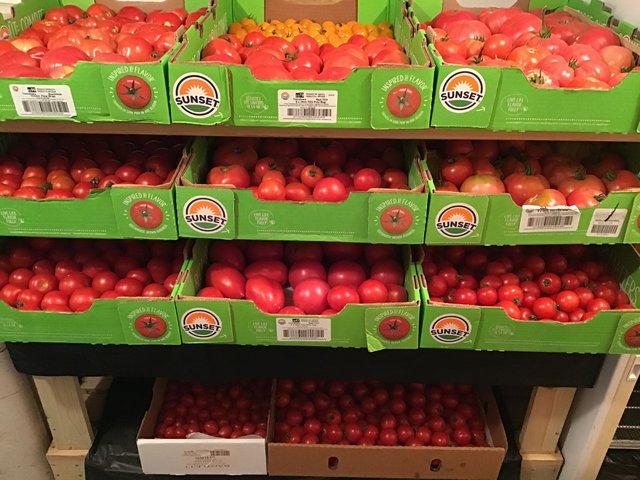
 11
11





 8
8




 6
6




Invasive plants are Earth's way of insisting we notice her medicines. Stephen Herrod Buhner
Everyone learns what works by learning what doesn't work. Stephen Herrod Buhner
 6
6




Knowledge is knowing a tomato is a fruit. Wisdom is not putting it in a fruit salad.
"When the whole world is running towards a cliff, he who is running in the opposite direction appears to have lost his mind." C.S. Lewis
Visit https://themaineingredient.com for organic, premium dried culinary herbs that are grown, processed, and packaged in the USA.
 9
9




 7
7




Nothing ruins a neighborhood like paved roads and water lines.
 4
4




Argue for your limitations and they are yours forever.
 2
2




Knowledge is knowing a tomato is a fruit. Wisdom is not putting it in a fruit salad.
Gardens in my mind never need water
Castles in the air never have a wet basement
Well made buildings are fractal -- equally intelligent design at every level of detail.
Bright sparks remind others that they too can dance
What I am looking for is looking for me too!

 1
1




 2
2





Pecan Media: food forestry and forest garden ebooks
Now available: The Native Persimmon (centennial edition)
 2
2




Debbie Ann wrote:Hi Tom,
I learned a long time ago that these big corporate producers of seeds and plants have huge teams of 'scientists' that spend a lot of time and effort to produce these hybrids. They have a long list of traits that they try to breed into their plants. Some are more important to them than others. This is kind of what the list entails starting with the most important to the least....
Disease resistance is # 1 so they don't get blights
Biggest yield possible
Shortest growing season
Resistant as possible to bugs
Most transportable without being harmed
Longest shelf life possible
Uniform sizes and shapes to make harvesting as easy as possible
The list goes on and on but great flavor has long been dead last!
 2
2




Tom Knippel wrote:
I am not aware of any variety of tomato commercial or otherwise that is blight proof or blight immune, I am only aware of blight resistant varieties. I keep trialing these varieties as I acquire them, both in monoculture/isolation as instructed and also planted in with my landrace plants. Results continue to be consistently poor at best, and every one of those varieties trialed so far have produced mediocre fruit regarding taste and texture.
Nothing ruins a neighborhood like paved roads and water lines.




 1
1




 1
1




 1
1




 1
1




Mark Reed wrote:Absolutely, if fact I haven't seen one yet that is any more or even as resistant than mine are, not to mention they taste awful. I don't know what kind my uncle grew back then; I suspect they may have been Rutgers. Each field was picked from just once so I'm sure they were a determinate type. I actually have a tomato I call Particularly Productive Rutgers that showed up in my patch several years back. It is determinate enough, productive enough and early enough that I bet it could be grown and harvested like we did back then, maybe even like with that machine. Most all of my tomatoes are like that, sure they get diseased, blighted or whatever you call it but by the time it gets really bad the canning jars are full and I'm tired of tomatoes anyway.
 1
1






 4
4





|
A magnificient life is loaded with tough challenges. En garde tiny ad:
Freaky Cheap Heat - 2 hour movie - HD streaming
https://permies.com/wiki/238453/Freaky-Cheap-Heat-hour-movie
|








